When purchasing an electric bike, one of the most important—but often overlooked—decisions is the type of pedal-assist sensor it uses.
The choice between a torque sensor and a speed sensor can significantly impact your riding experience, comfort, and efficiency. Below is a clear comparison to help guide your decision.
Speed Sensor: Simple & Accessible
A speed sensor detects when you begin pedaling and activates the motor accordingly. It delivers consistent assistance regardless of pedal pressure.
Key Advantages:
- Cost-effective and widely available
- Ideal for riders on flat or predictable terrain
- Minimal learning curve and straightforward operation
- Less demanding cycling experience
Drawbacks:
- Power delivery can feel abrupt
- Less responsive to terrain changes or rider effort
- May reduce battery efficiency over time
Torque Sensor: Smooth & Adaptive
A torque sensor measures the force you apply to the pedals, providing motor assistance that scales with your effort. This results in a more natural and responsive ride.
Key Advantages:
- Seamless, intuitive ride experience
- Improved energy efficiency and battery range
- Enhanced control on hills and varied terrain
Considerations:
- Higher initial investment
- Slightly more complex technology
Best suited for:
Commuters, fitness-focused cyclists, and riders seeking a more responsive e-bike experience.
Feature Comparison Table:
| Feature | Torque Sensor | Speed Sensor |
| Motor Response | Based on pedal force | Based on pedal motion |
| Ride Feel | Smooth and natural | Mechanical or binary |
| Terrain Performance | Excellent across all terrains | Best on flat terrain |
| Battery Efficiency | High | Moderate |
| Price Range | Mid to high tier | Entry to mid tier |
| Ideal Rider Type | Performance & control-focused | Casual or recreational riders |
Summary:
If your priority is a refined, responsive ride that adapts to your effort and environment, a torque sensor-equipped e-bike is likely the best fit.
If you prefer simplicity and affordability and plan to ride mostly on level ground, a speed sensor model may be more appropriate.
Find your perfect ride - Browse our selection of torque and speed sensor electric bikes, designed for every rider!

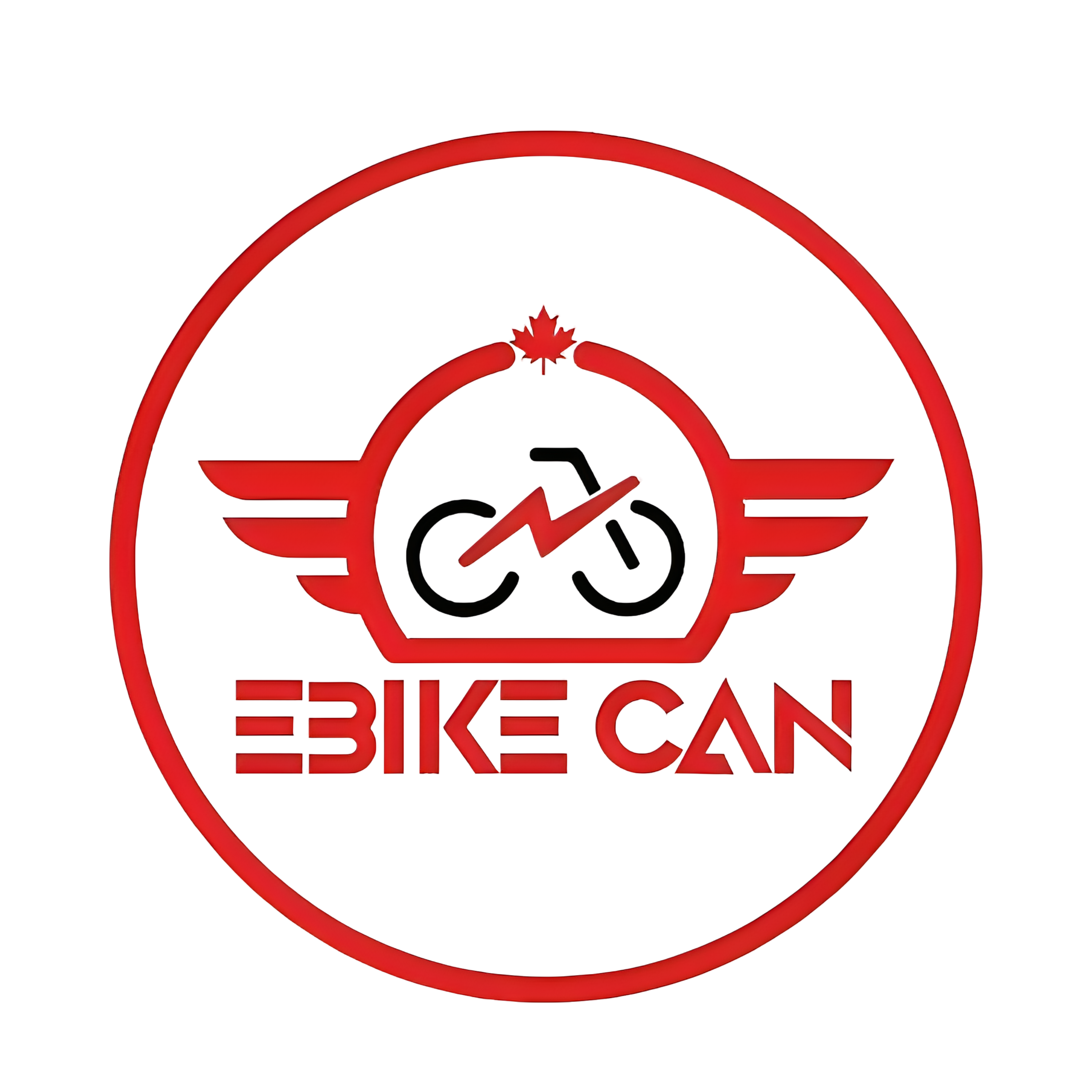

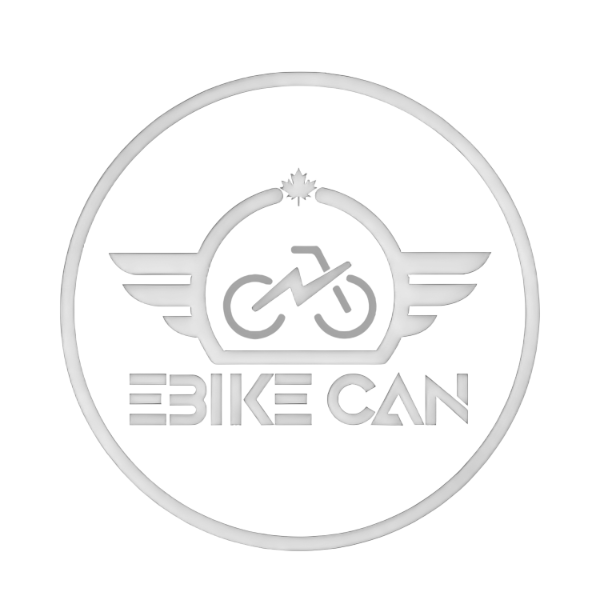
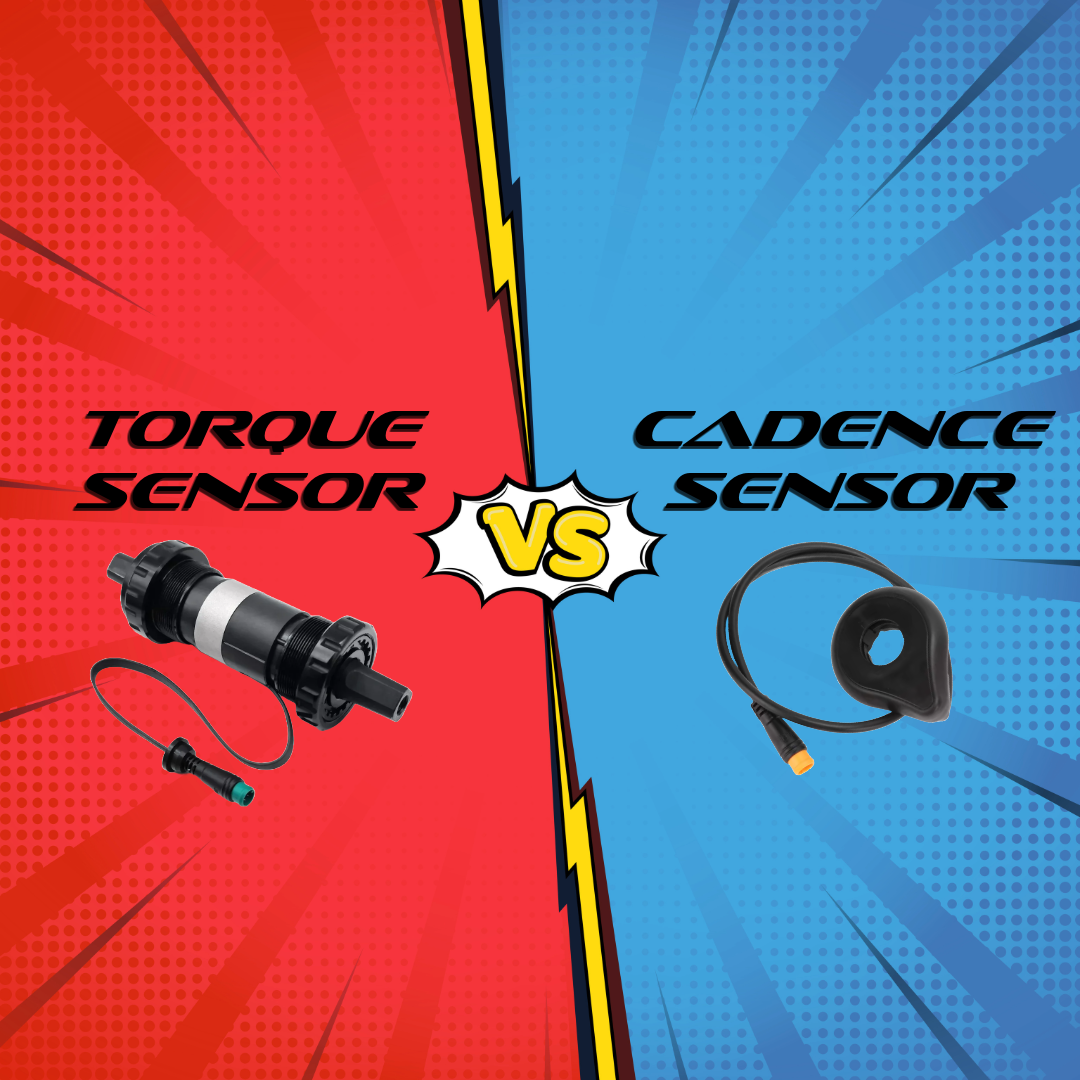
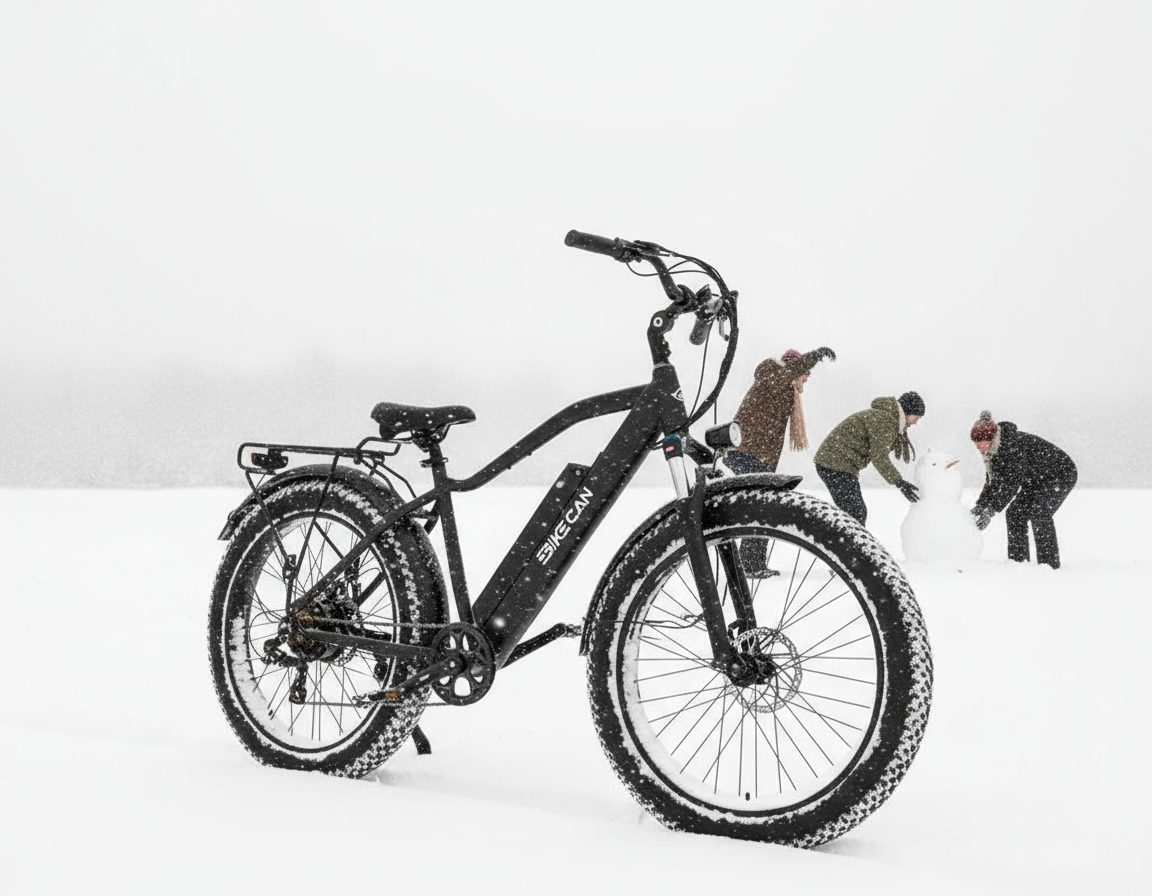
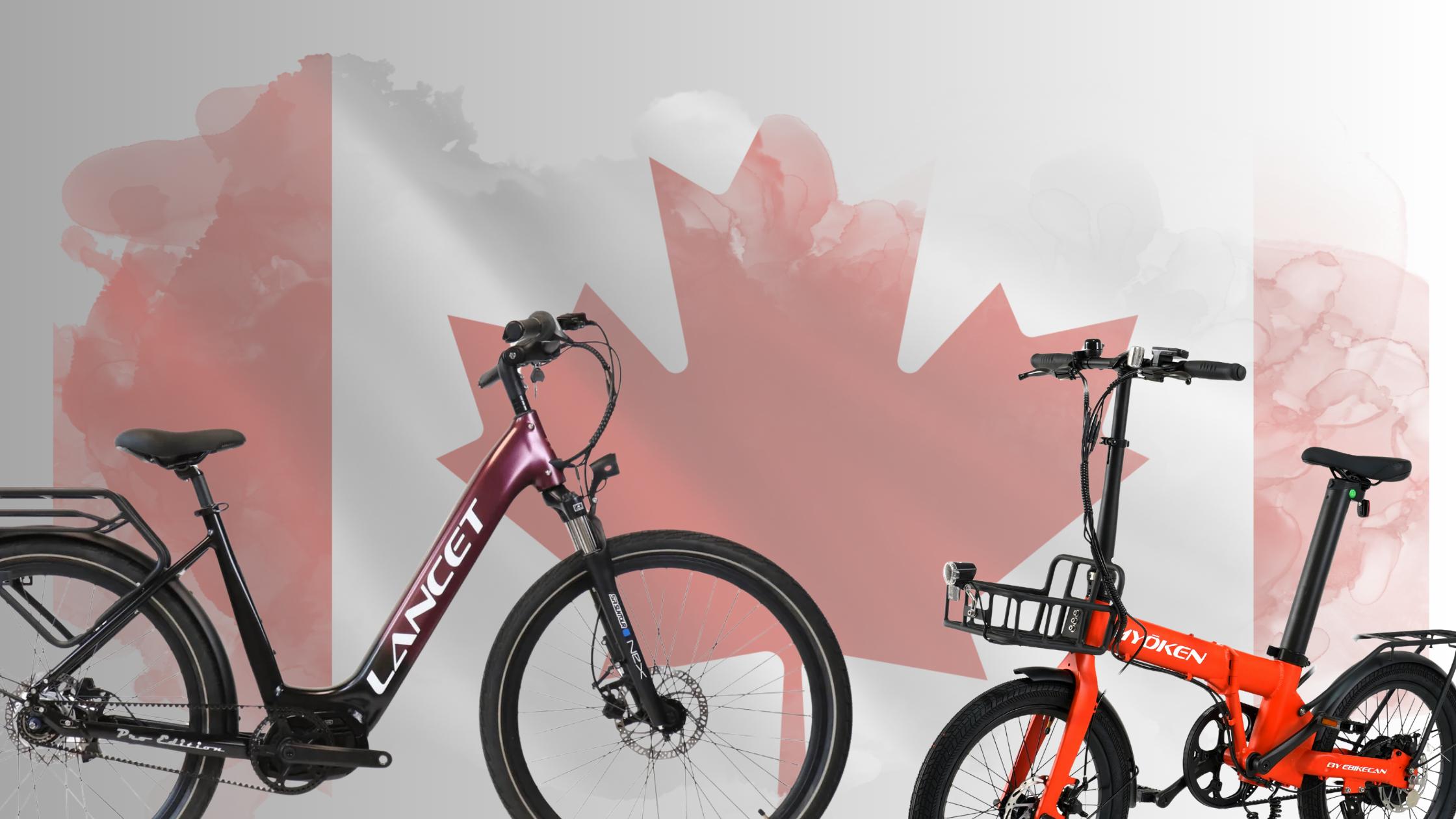
Share:
EBIKECAN RELEASE: Lancet II Series - The Next Generation of our Step-Thru E-bikes!
Choosing Between Hub Drive and Mid-Drive E-Bikes!